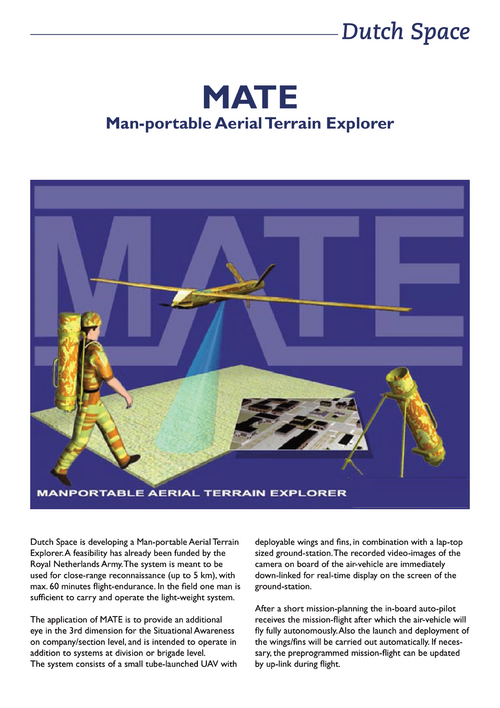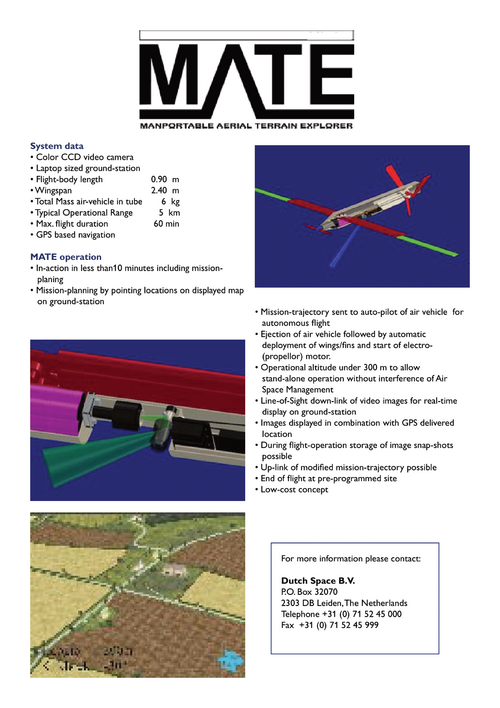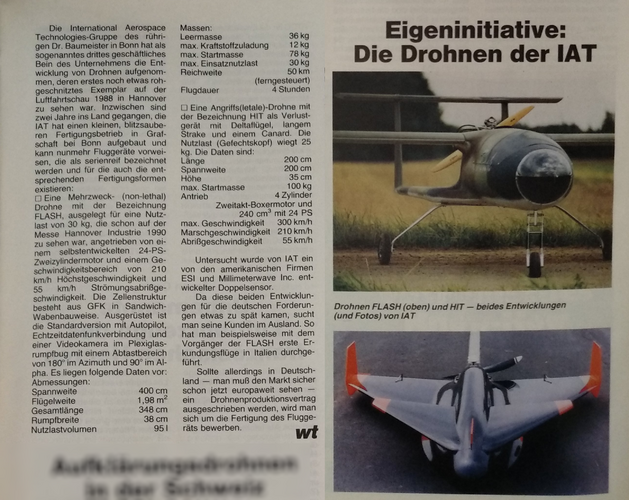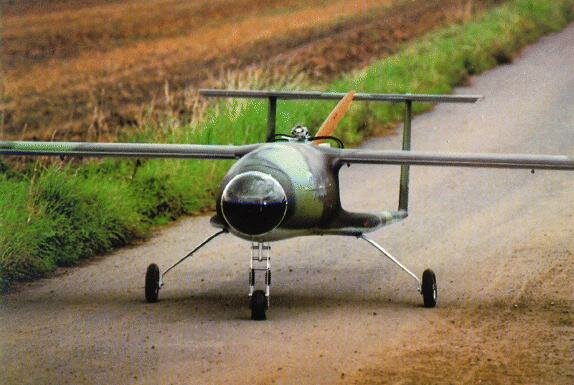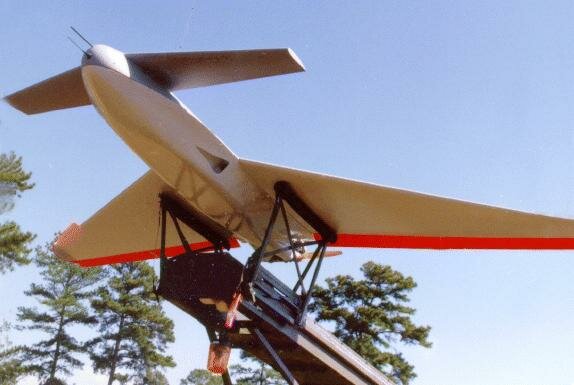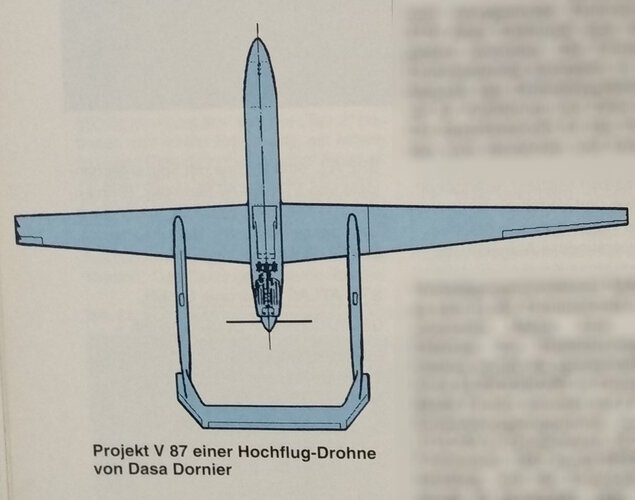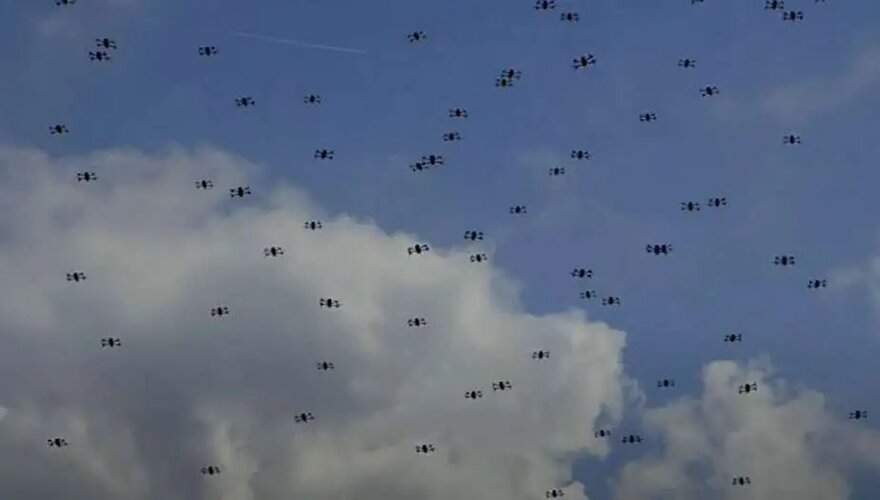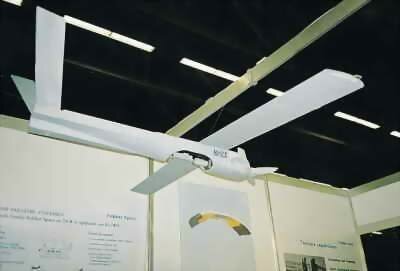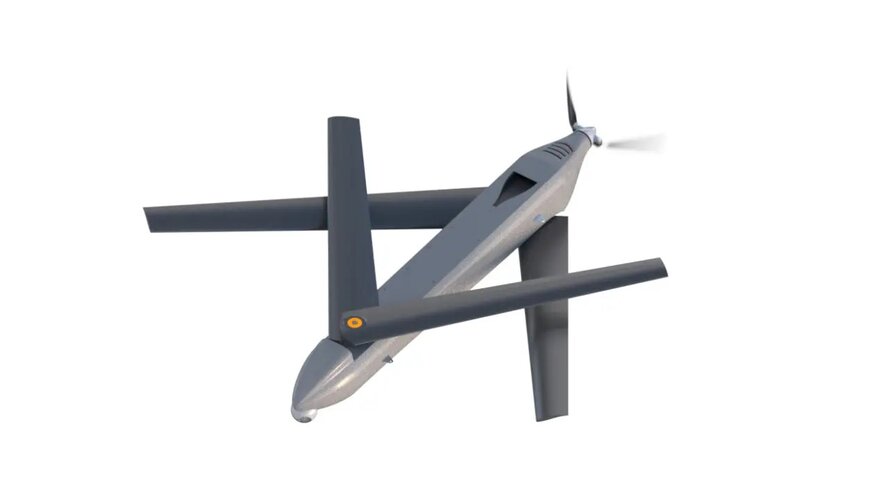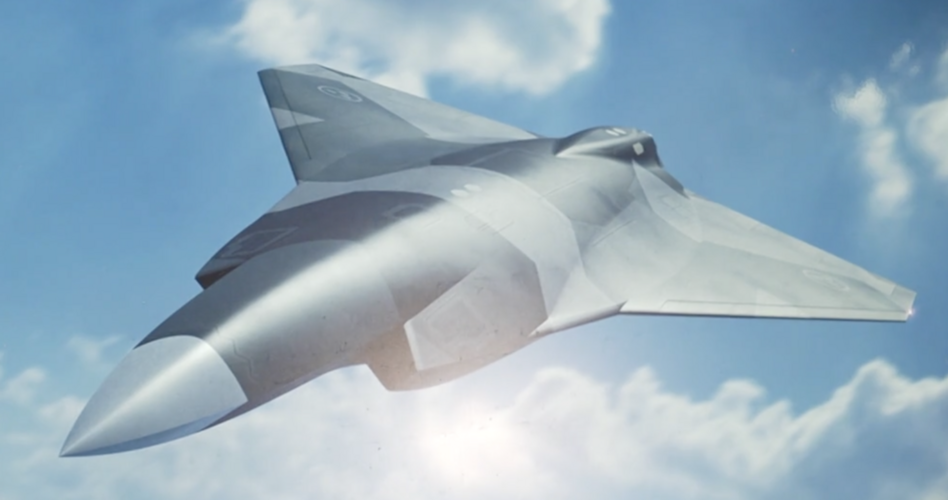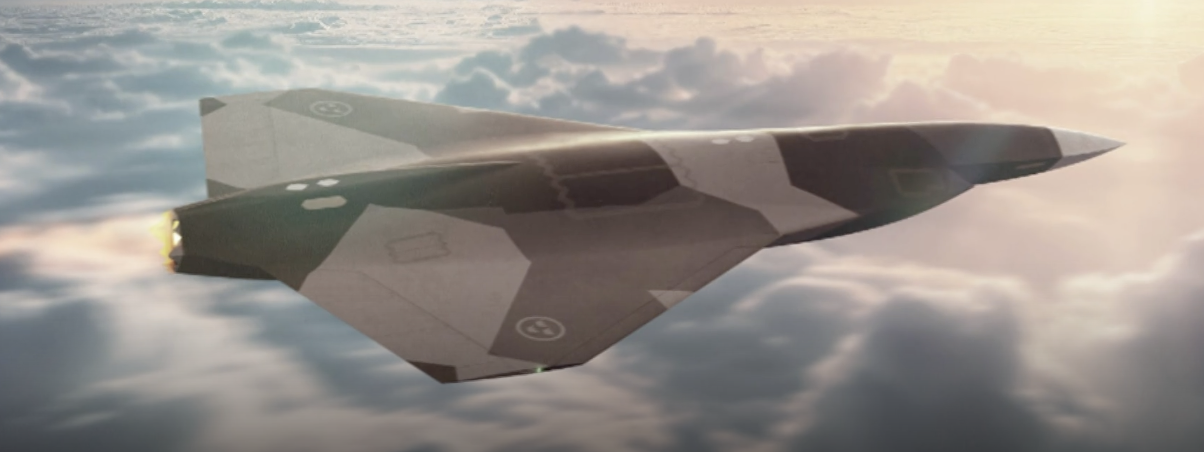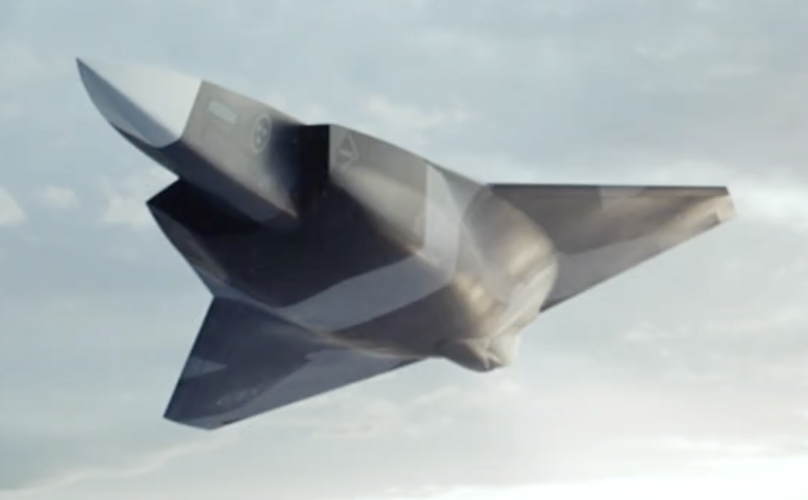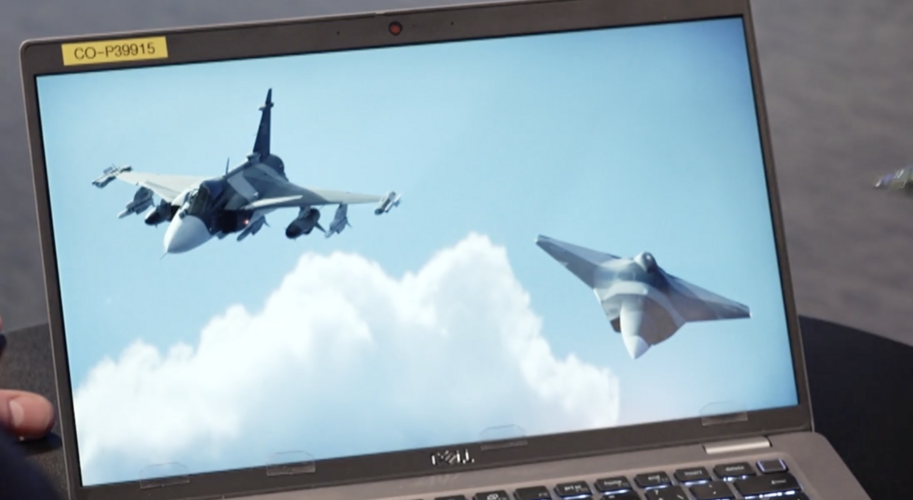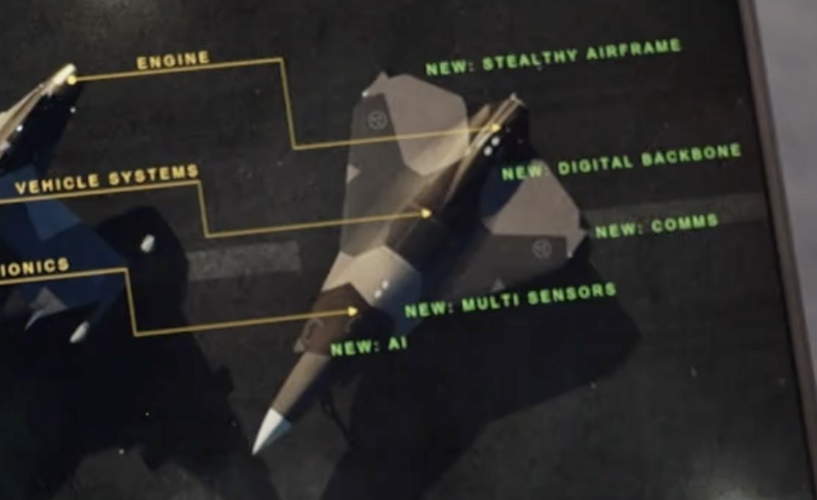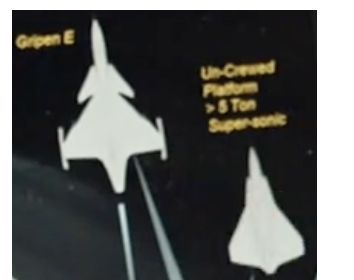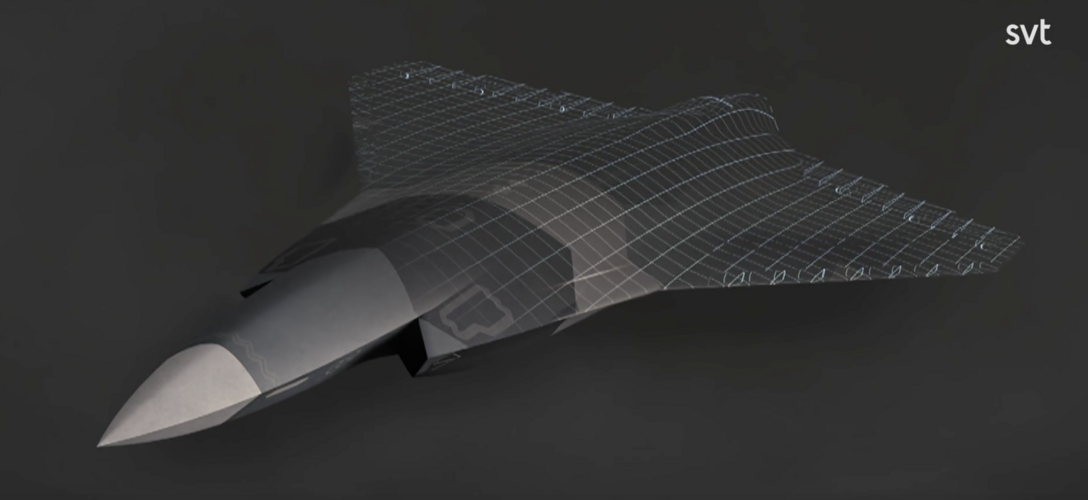- Joined
- 10 April 2021
- Messages
- 400
- Reaction score
- 1,551
Searching for 'Dutch Space' instead of 'Fokker Space' gives much better results:Again an UAV i can find very little information on:
The Fokker Space 'MATE' tube launched reconnaissance uav.
SourceThe EADS head office used to be at Schiphol, but nowadays is located in Leiden, on the site of
Dutch Space. In July 2006 Dutch Space became fully owned by Astrium NV (the former EADS
Space BV).[13] Dutch Space has approximately 200 employees and an annual turnover of 52
million euros (2009).[14] The company is involved in the development of components for the
Ariane 5 rocket launch system.[15] It also develops 'MATE', a portable unmanned vehicle (UAV)
for close-range reconnaissance.[16]
And through that source i found the archived product page by Dutch Space:
SourceMATE
Dutch Space is developing mate: a Man-portable Aerial Terrain Explorer. Mate is a portable unmanned vehicle (uav), meant for millitary close-range reconnaissance (up to 5 km). Mate has a maximum 60 minutes flight-endurance.
One man can carry and operate the light-weight system. The system consists of a small tube-launched uav with deployable wings and fins, in combination with a lap-top sized ground-station.The recorded video-images of the camera on board of the air-vehicle are immediately down-linked for real time display on the screen of the ground-station.
After a short mission-planning the onboard auto pilot receives the mission flight after which the vehicle will fly fully autonomously. Also the launch and deployment of the wings/fins will be carried out automatically. If necessary, the preprogrammed mission-flight can be updated during flight.
Thanks to flateric for the help

